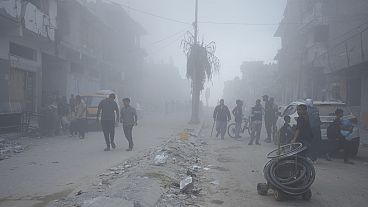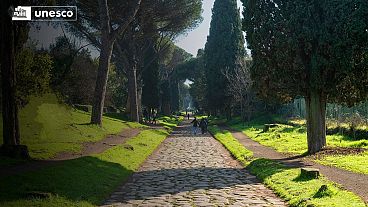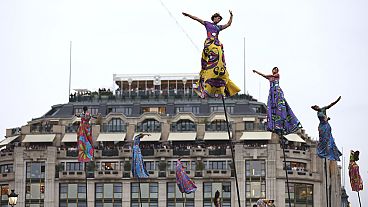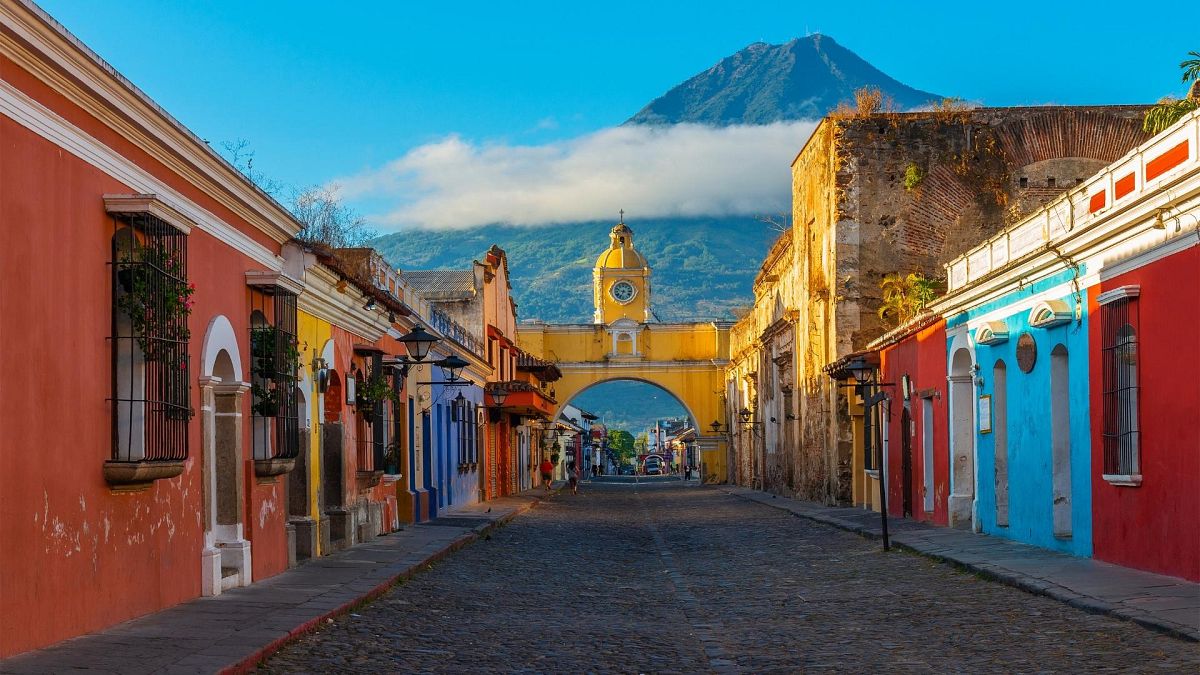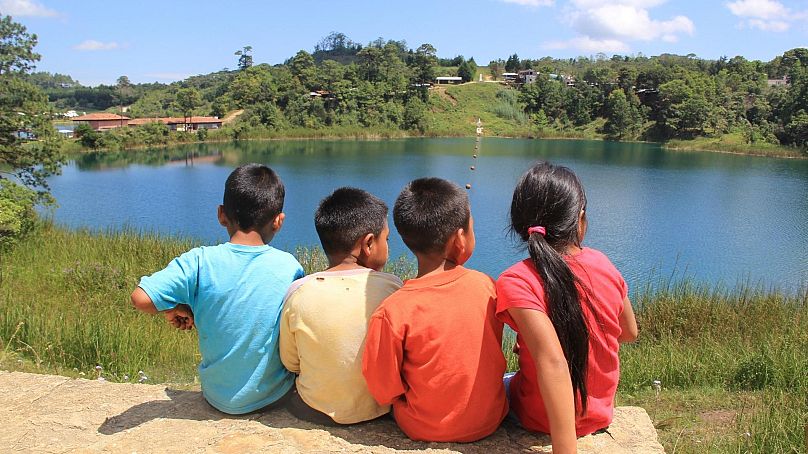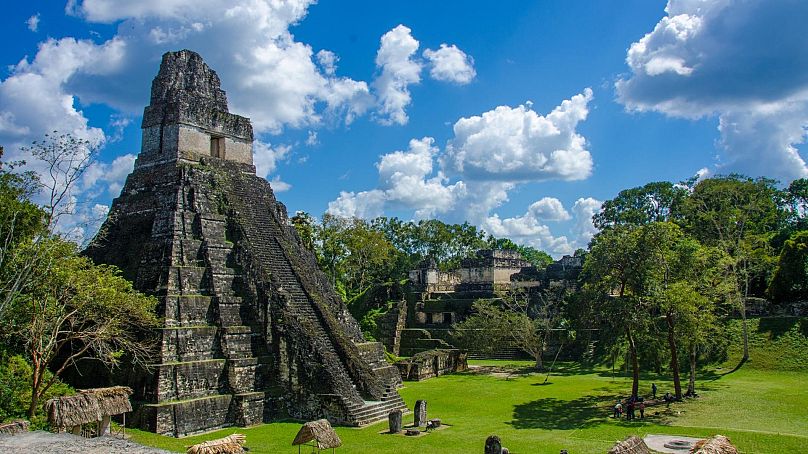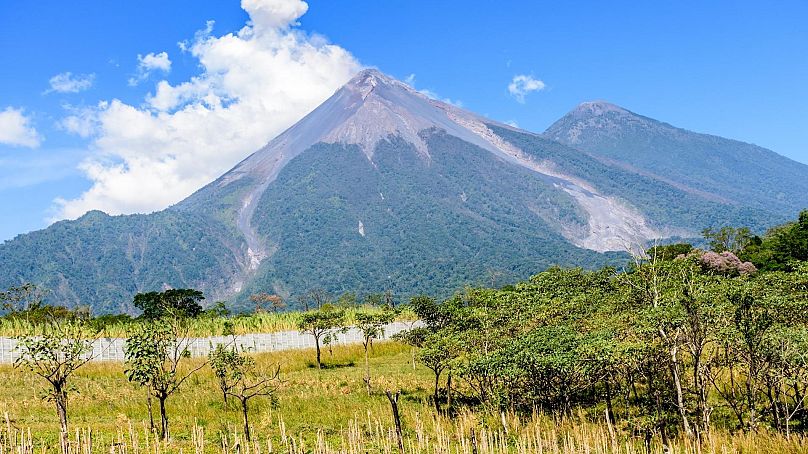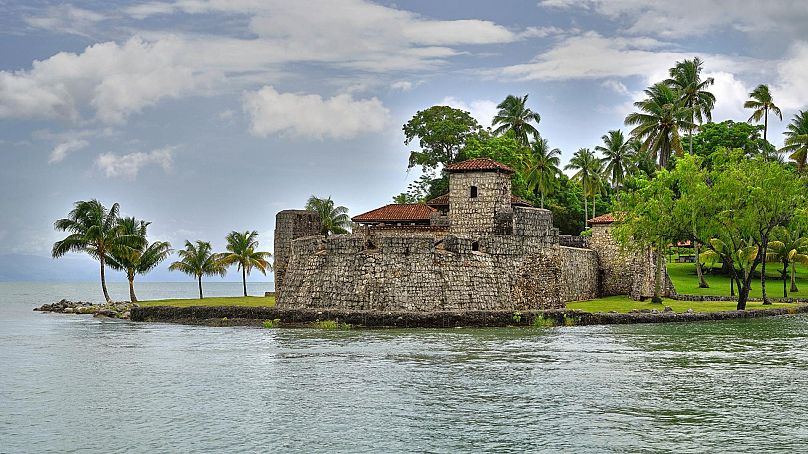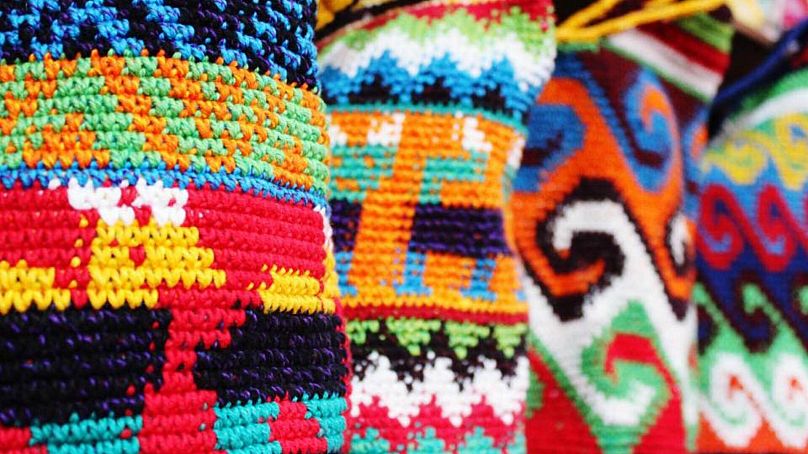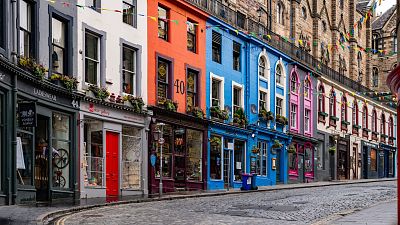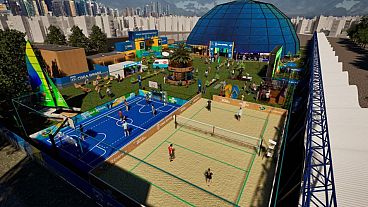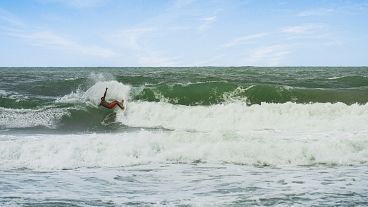Guatemala is perfect for outdoorsy types with a sense of adventure.
One of the world’s nineteen megadiverse countries, Guatemala is so rich in natural wonders, even its currency - the Quetzal - is named after a tropical bird.
With so much nature to experience, including 37 volcanoes, 5 lakes, and 360 microclimates, the nation is perfect for outdoorsy types with a sense of adventure.
Tucked between Mexico, Belize, Honduras and El Salvador, the country is the same size as the US state of Tennessee but with Caribbean and Pacific coastlines, it manages to pack a lot into its borders.
Guatemala’s name originates from the Nahuatl word ‘Quauhtlemallan’ meaning ‘place of many trees’ and it’s also a land of many languages too. Though Spain is the main language there are 22 Mayan languages spoken here, as well as Xinca and Garifuna.
“We have the heart of the Mayan world in the north part of the country and also you can explore nature and all the archaeological sites in Guatemala," says Mynor Arturo Cordón Lemus, General Director Guatemala Tourism Board.
Mr Lemus isn't shy about the healing power of a trip to his country, saying, "For the past two years, we have been having a lot of problems with the pandemic and I think the best way to get out of it is by visiting Guatemala.”
To help you get to grips with this multifaceted country, we’ve chosen some of our favourite scenic spots.
Guatemala's travel restrictions
All arrrivals are required to present a negative antigen or PCR test on arrival. This must be taken no more than 72 hours before departure from your country of origin. Children under 10 years old are not required to take a test.
Along with a negative test, anyone over the age of 12 needs to show a COVID-19 vaccination certificate confirming two doses have been received.
You will need to show your hotel reservation too and proof of a return ticket.
You can find more information about Guatemala’s travel restrictions and whether you will need a visa to enter here.
Take the Carmelita-Mirador Circuit into the ancient world
If a walk on the wild side is what you’re after in Guatemala, this is the place for you. The 55km Carmelita-Mirador Circuit sits in the northern part of the Maya Biosphere Reserve in the region of Petén.
A UNESCO site, it is one of the largest areas of tropical rainforest north of the Amazon and includes over 200 ancient Mayan cities within its boundaries.
Recognised as one of the lungs of the earth, the reserve is perfect for birdwatchers, eco tourists and adventurers. The circuit includes the Tikal National Park, one of the largest cities created by the Mayans. In the city’s Plaza Mayor you can find the Great Jaguar Temple and the Temple of the Masks alongside the Acropolis.
You can also visit Isla de Flores, the site of the first Mayan observatory where the civilisations first measured time and discovered the best dates suited to plant crops.
Alongside archaeological treasures you’ll find plenty of nature, including 122 mammal species, 535 species of butterfly and 106 types of reptiles.
The best volcano hike in Guatemala
If you’re after something a little more adventurous, how about climbing a volcano? Antigua’s Acatenango volcano is 3,976 metres above sea level and is considered the best volcano hike in Guatemala for adrenaline junkies. From the top you’ll be able to see the Fuego volcano, Acatenango’s much more active neighbour.
You’ll need to be an experienced hiker to tackle Acatenango and it's recommended that you hire a guide. Trek Guatemala even has an overnight hike so you can experience the splendour of Guatemala’s sunrise from the peak the next morning.
Guatemala: Caribbean or Pacific side?
Blessed with coastlines on the Pacific Ocean and the Caribbean Sea, you can experience two sides to Guatemala by both waterfronts.
“We have beaches with black sand in the Pacific and beaches with white sand in the Atlantic," says Cordón Lemus.
The Pacific side offers over 300 kilometres of volcanic black sand beaches, where you can spot humpback whales from December to April. The beaches are great for surfers too and Takalik Abaj National Archaeological Park, a UNESCO World Heritage Site, is nearby if you want a break from sunbathing.
Just a few hours drive away, Quetzaltenango is one of the best places to visit in Guatemala right now, according to Cordón Lemus. "It has beautiful lakes and really good sightseeing and volcanoes. And one of the best experiences you can have here is our gastronomy.”
Meanwhile, over on the Caribbean side you can experience stunning white sand beaches, the Rio Dulce nature reserve and Lake Izabal, the largest body of water in the country. You can find the Castillo de San Felipe de Lara on the edge of the lake, a Spanish colonial fort dating from the 17th century.
Explore Guatemala City
After all that nature you might be after something a bit more urban, in which case head to the capital. The entry point to the country if you’re travelling by air, the country’s capital is the most cosmopolitan in the Central American region.
The city was awarded the Ibero-American Capital of Culture in 2015 and is home to two huge markets, the Mercado Central and Mercado de Artesanías (Artisans' Market). The latter is the best place to buy traditional handicrafts, Guatemalan clothing and jewellery.

